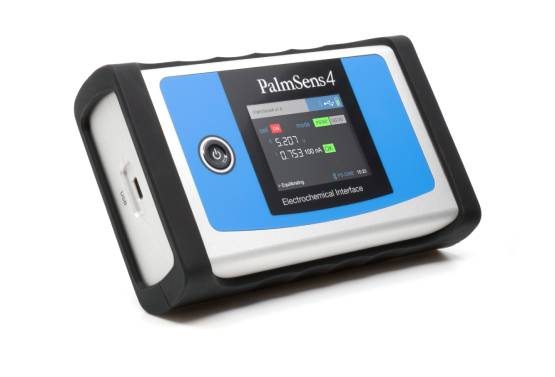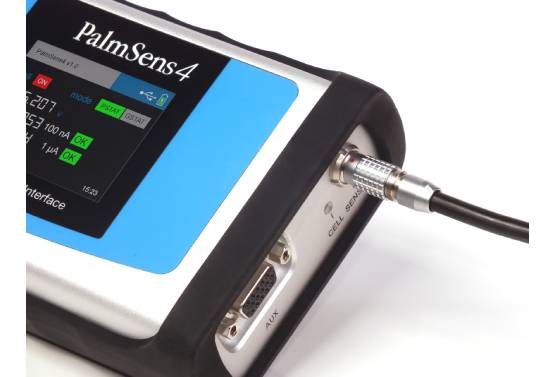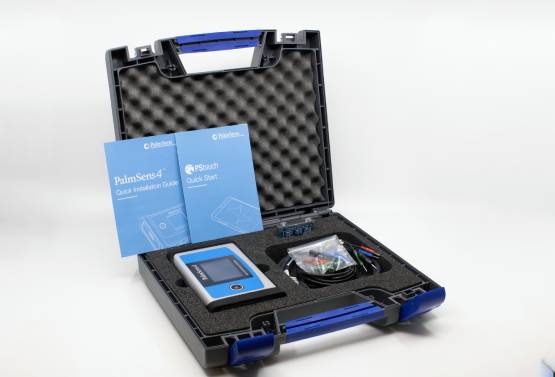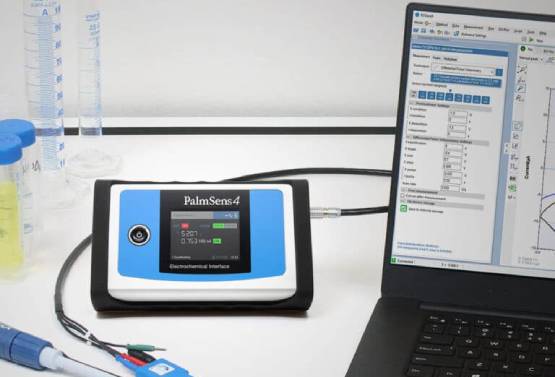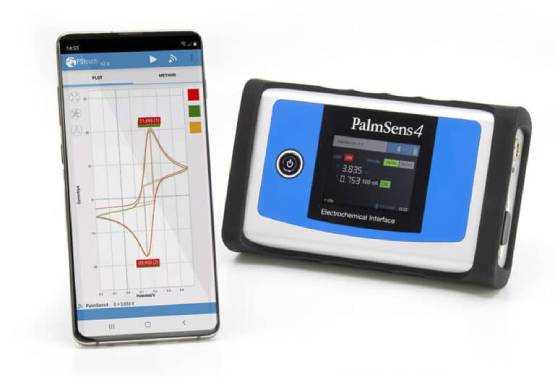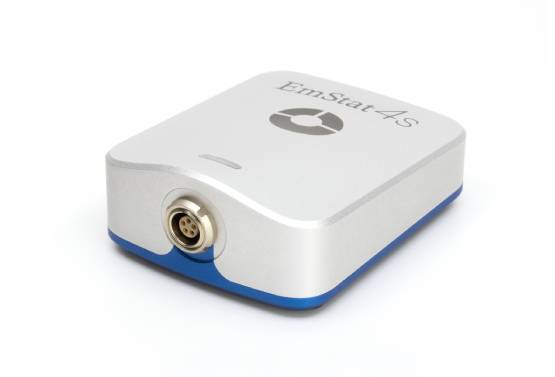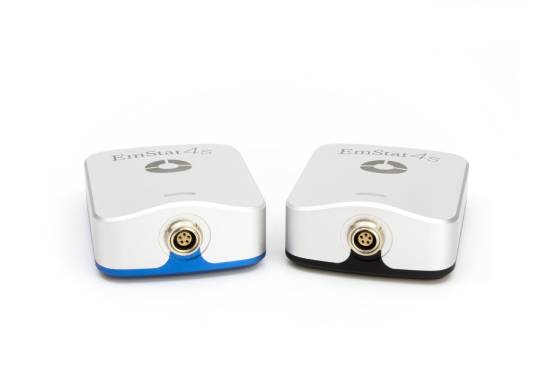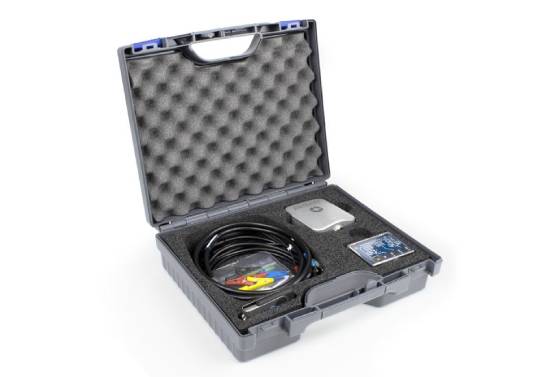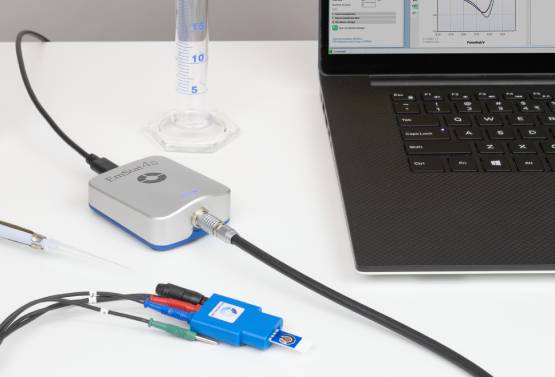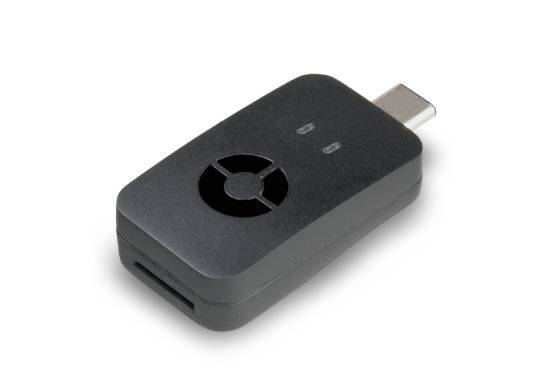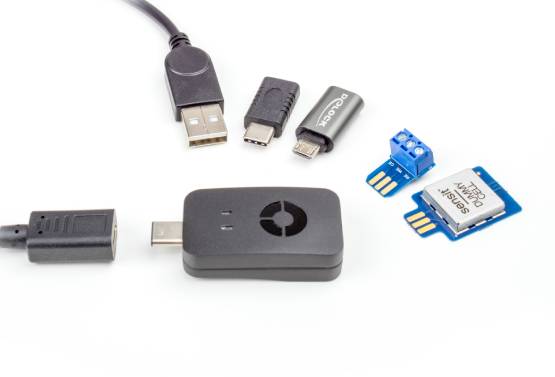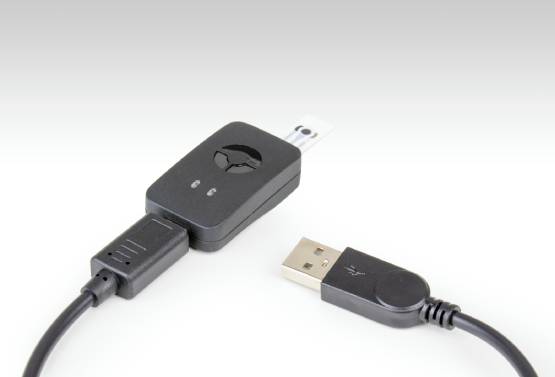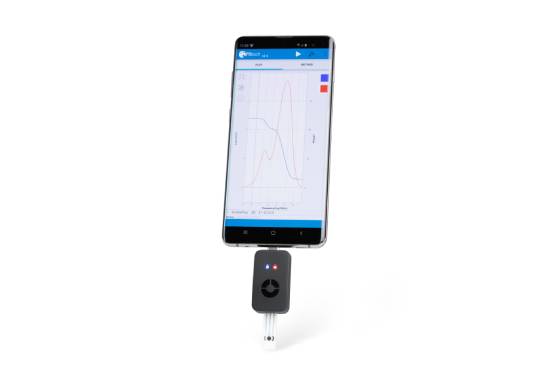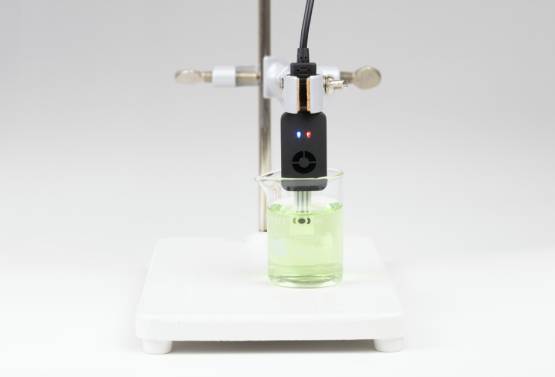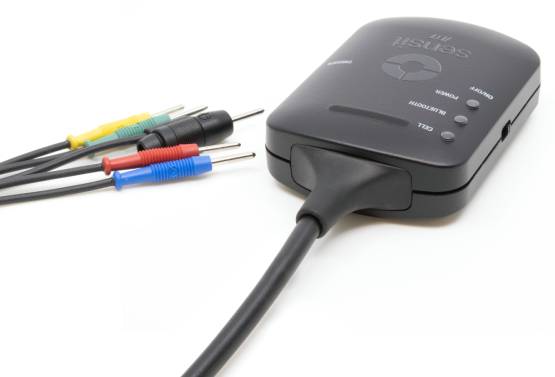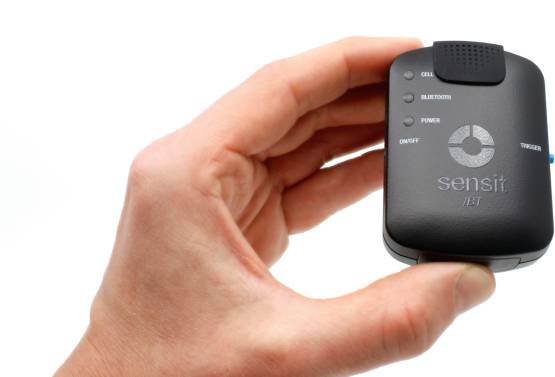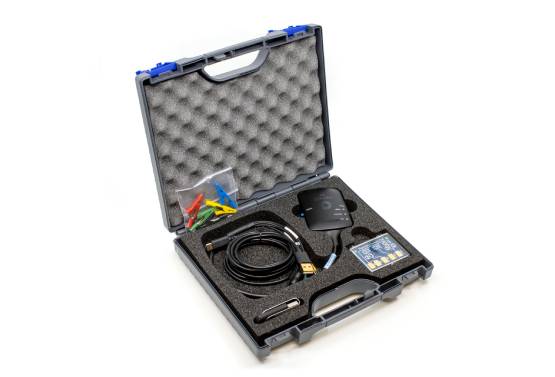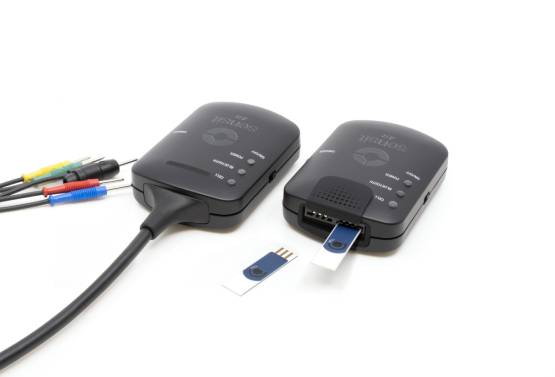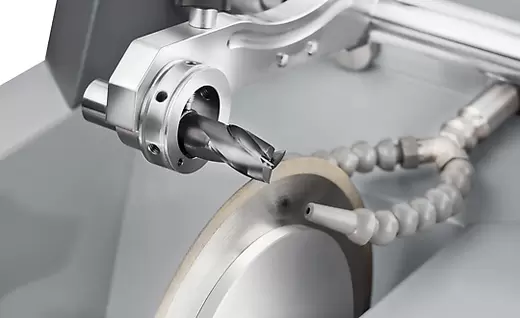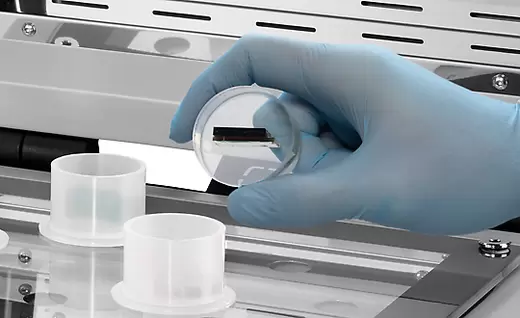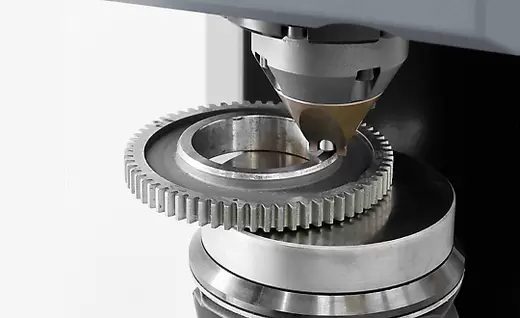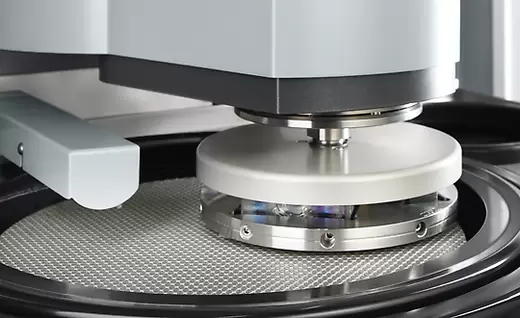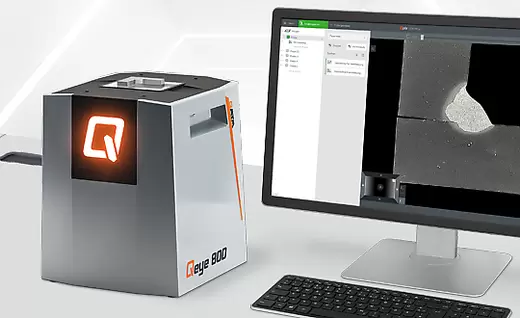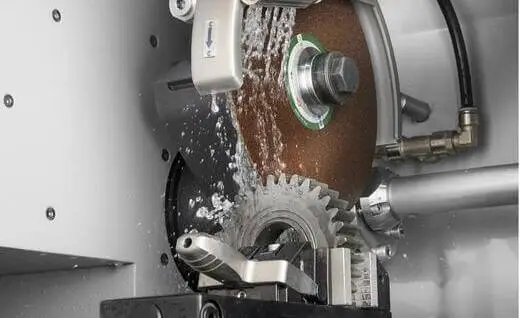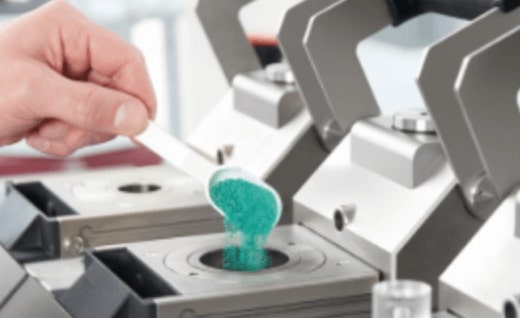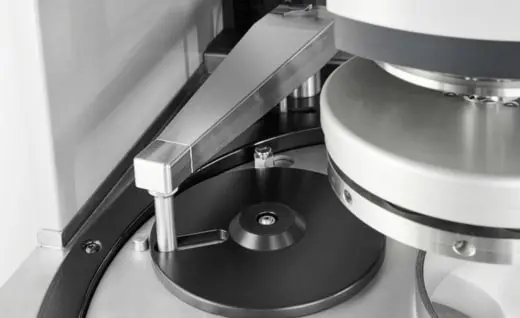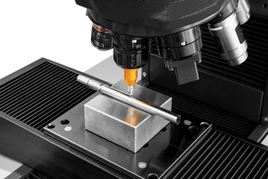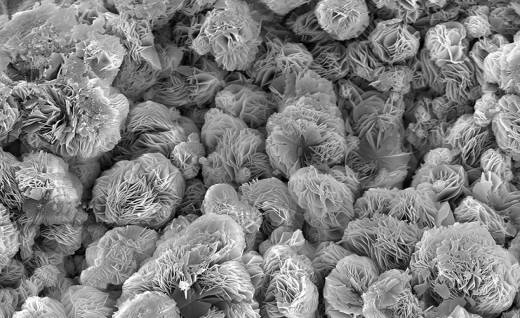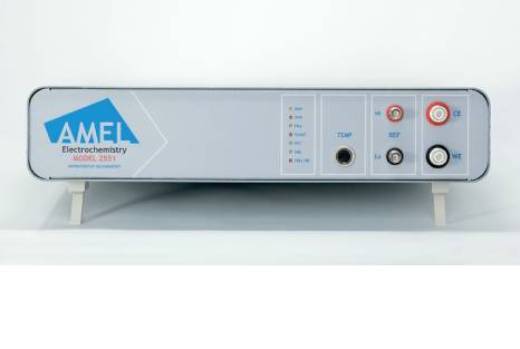PalmSens4 (Bi) Potentiostat/ Galvanostat/ EIS analyzer with Bluetooth and Battery
PalmSens4 is a USB and battery powered Potentiostat, Galvanostat, and optional a Frequency Response Analyser (FRA) for Electrochemical Impedance Spectroscopy (EIS). The PalmSens4 has a large potential range (-5V to 5V or -10V to 10V) and current range (100 pA to 10 mA) with a high resolution and low noise. The economical PalmSens4 is a complete laboratory instrument but its compact and rugged design makes it also ideal for field work. Connecting via Bluetooth guarantees a perfectly floating measurement.
Configurable
PalmSens4 comes in different configurations:
Standard included
Technical Description
Techniques
Voltammetric techniques
Stripping modes
The voltametric and pulsed techniques can all be used in their stripping modes which are applied for (ultra-) trace analysis.
Galvanostatic techniques
Amperometric techniques
Other
Potentiostatic/Galvanostatic Impedance spectroscopy (EIS/GEIS)
EmStat4S USB powered potentiostat / galvanostat with EIS
The EmStat4S delivers desktop performance in the palm of your hand. The EmStat4S is a portable USB-powered Potentiostat, Galvanostat, and optional a Frequency Response Analyser (FRA) for Electrochemical Impedance Spectroscopy (EIS). The EmStat4S is controlled with PSTrace for Windows, or you can write your own MethodSCRIPT and control it from any platform or operating system.
The EmStat4S comes in two different versions:
Both versions can be configured with optional EIS/FRA with a maximum frequency of 200 kHz.
See specifications for a detailed comparison between the LR and HR.
Standard included
A standard EmStat4S includes a rugged carrying case with:
Technical Description
Techniques
Voltammetric techniques
Amperometric techniques
Galvanostatic techniques
Pulsed techniques
Other
Stripping modes
The voltametric and pulsed techniques can all be used in their stripping modes which are applied for (ultra-) trace analysis.
Software update
Techniques marked with an asterisk* will become available with the next software update.
Sensit Smart Smartphone potentiostat
The Sensit Smart is the world smallest ready-to-go potentiostat available on the market. The Sensit Smart can be directly inserted in a smartphone or tablet and controlled via the Android app PStouch. You can use the USB-C Female to USB-A cable to connect the Sensit Smart to a classic USB port on your PC and control the Sensit Smart via our PC software PSTrace. The Sensit Smart supports most common electrochemical techniques, including Cyclic Voltammetry, Square Wave Voltammetry and Impedance Spectroscopy (FRA/EIS).
The Sensit Smart comes with:
Technical Description
Techniques
Voltammetric techniques
Pulsed techniques
Amperometric techniques
Galvanostatic techniques
Sensit BT Handheld and wireless dual-channel potentiostat
The Sensit BT is ideal for electrochemical sensor applications. The Sensit BT connects wirelessly to your smartphone or tablet and controlled via the Android app PStouch. You can use the USB-C port to charge the Sensit BT or connect to a classic USB port on your PC and control the Sensit BT via our PC software PSTrace. The Sensit BT supports most common electrochemical techniques, including Cyclic Voltammetry, Square Wave Voltammetry and Impedance Spectroscopy (FRA/EIS).



